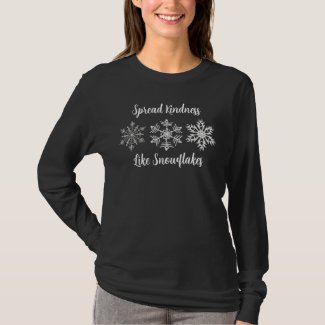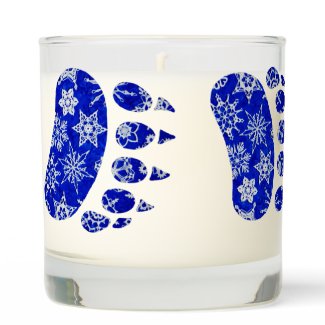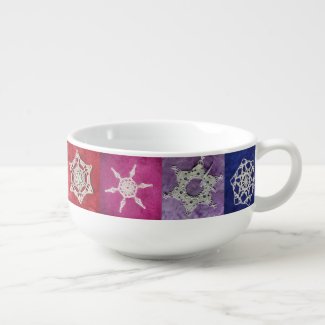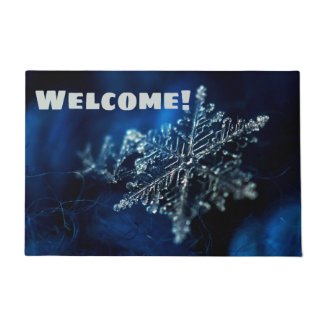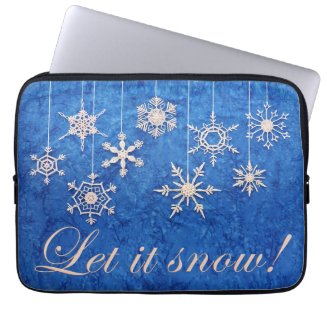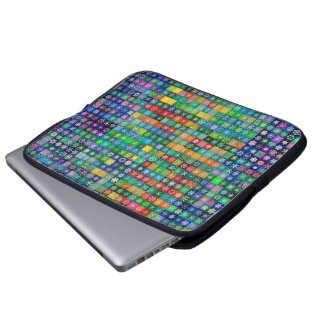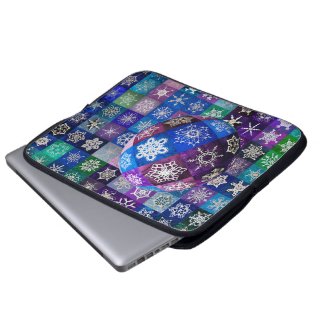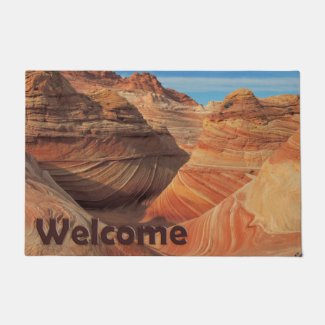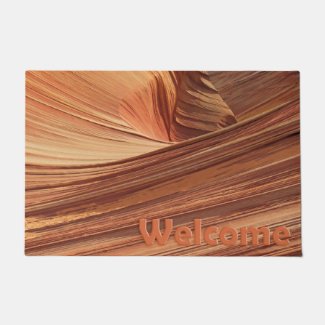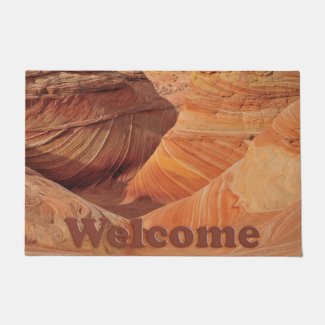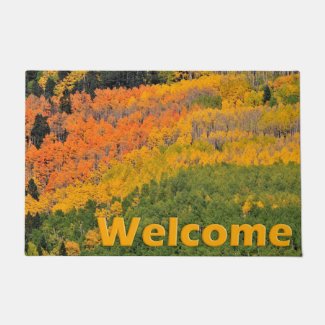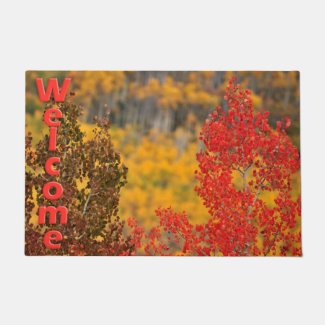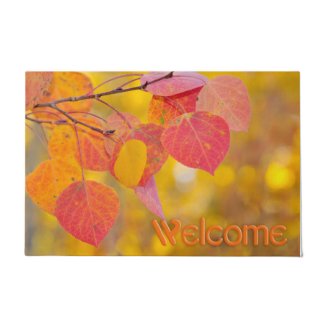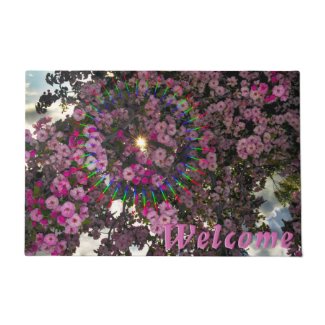I recently made my first indigo vat. I've been apprehensive because the initial steps of the process were, well, um, unsavory. When I first learned about indigo way back in about seventh grade, I wondered who the heck peed on his mom's weaving, enabling her to discover this ancient dye process.
When my adopted son was about 8 years old, and perhaps all the way until, well, perhaps even now, I realized boys will be boys. It's not always fun, it's not always squeaky clean, and if there's a way they can play with their pee, boy, do they. Little snots! Have you ever witnessed a boy (or a man) drawing in the snow with pee??? I am tempted to believe they love this more than football and golf!
In the long run, I couldn't coax myself to process raw indigo materials with one of the required ingredients... um, urine. So I bought pre-reduced indigo crystals. Someone else did all the dirty work. I added water and a couple more chemicals, and I now am absolutely addicted to indigo dyeing, even though it smells like pee while I'm mixing and dyeing. The vat is outside in the open air, and I so far have not forgotten to wear my protective mask while working with indigo. When I'm done dyeing with indigo, the cotton yarn goes into the washer with the jeans and industrial strength detergent, then a quick trip through the dryer with lovely scented softener. The indigo yarn ends up beautiful, soft and fresh-smelling.
I've been having so much fun all summer long dyeing my own thread and yarn, I may never buy commercially colored yarn or thread again! Onion skins, hibiscus and alkanet have been my favorite dyes to work with, but now indigo may have claimed the top spot. I absolutely LOVE my first batch of indigo yarn!!!
Indigo was the most significant natural dye by the end of the 19th century, but it has been around for thousands of years. In 1969, denim was described as one of the world's oldest fabrics but eternally young. Once a symbol of the working class, denim has become one of the most enduring fashion trends.
Blue is my favorite color, and I've long wondered if I could duplicate the ice wash jeans appearance popular during my younger years on yarn and thread without literally beating up the fiber. On my first indigo dyeing attempt, I got exactly the look I have dreamt about for so long.
Because ice wash is a perfect name for a snowflake, I decided to make a quick and easy hexagon motif with the first hanks of worsted weight cotton yarn I dyed by hand in my indigo vat. (And I am not having any trouble so far remembering to wear my gloves while I work with the indigo.) I might design a more intricate hexagon for worsted weight once I have enough matching hanks to complete a larger project. Right now, I don't think I'll ever get bored with this yarn.
I came up with a snowflakier variation (with picots) for this same motif and worked up join-as-you-go instructions. I joined motifs and made fun projects including today's Ice Wash Snowflake Cowl. I also created a more traditional thread snowflake adaptation.
Autumn and Emma of the Sisters of the Snowflake group on Yahoo had asked if I might consider designing a snowflake specifically for the group. The thread adaptation of this pattern, the Sister Snowflake, will be featured in the Yahoo group, which is free to join and features weekly snowflake crochet-a-longs, project photos and chatter.
You may do whatever you'd like with motifs you make from this pattern, but you may not sell or republish the pattern. Thanks, and enjoy!
Finished Size: 3.5 inches from point to point for the plain variation; 5 inches from point to point for picot variation
Materials: Approximately 150 yards of worsted weight cotton yarn for the cowl; approximately 8 yards of worsted weight cotton yarn for just one motif; size H crochet hook
Ice Wash Snowflake Cowl Instructions
Make magic ring.
Round 1: Ch 2 (counts as 1 dc), 1 dc in ring, * ch 1, 2 dc in ring; repeat from * 4 times; 1 hdc in 2nd ch of starting ch 2 to form final ch 1 sp of Round. Pull magic circle tight, but leave opening big enough to allow stitches inside it to lay flat.
Round 2: 1 sc over hdc just made, ch 3, * 1 sc in next ch 1 sp, ch 3; repeat from * 4 times; sl st in starting sc.
If you're not reading this pattern on Snowcatcher, you're not reading the designer's blog. Please go here to see the original.
Round 3: Sl st into next ch 3 sp, ch 2 (counts as 1 dc), 4 dc in same ch 3 sp, * ch 1, 5 dc in next ch 3 sp; repeat from * around 4 times; ch 1, sl st in 2nd ch of starting ch 2; bind off. Weave in ends.
NOTE: To join a second row of motifs, work the join 3 times instead of 2 and work only 3 total unjoined points. When joining to 2 points previously joined, make sure to catch at least 2 strands in the join.
To join more than one motif, follow the instructions below for Round 3 on additional motifs after the first one is complete.
Round 3, Joining Round: Sl st into next ch 3 sp, ch 2 (counts as 1 dc), 4 dc in same ch 3 sp, * ch 1, 5 dc in next ch 3 sp; repeat from * around 4 times; ch 1; sl st in 2nd ch of starting ch 2; bind off. Weave in ends.
For the picot version of the motif, following the instructions below for Round 3.
Round 3: Sl st into next ch 3 sp, ch 2 (counts as 1 dc), 4 dc in same ch 3 sp, * ch 4, sl st in 3rd ch from hook (picot made), ch 1, 5 dc in next ch 3 sp; repeat from * around 4 times; ch 1, sl st in 2nd ch of starting ch 2; bind off. Weave in ends.
To join more than one motif, follow the instructions below for Round 3 on additional motifs after the first one is complete.
Round 3, Joining Round: Sl st into next ch 3 sp, ch 2 (counts as 1 dc), 4 dc in same ch 3 sp, * ch 2, 1 sc in picot of 1st snowflake, ch 1, sl st in 2nd ch (immediately before sc) (picot join made), ch 1, 5 dc in next ch 3 sp; repeat from * around 1 time to join next picot on 1st snowflake; ** ch 4, sl st in 3rd ch from hook, ch 1, 5 dc in next ch 3 sp; repeat from ** around 2 times; ch 4, sl st in 3rd ch from hook, ch 1; sl st in 2nd ch of starting ch 2; bind off. Weave in ends.
NOTE: To join a second row of motifs, work the picot join 3 times instead of 2 and work only 3 total picot points that are not joined. When joining to 2 picots previously joined, make sure to catch at least 2 strands in the join.
Finish: For the cowl, I made 18 motifs and joined them in two rows. Cowl also could be made with 3 rows of motifs by making 27 motifs and may be made as wide as desired by making more than 9 motifs for each row of motifs. This project does not require blocking and pinning, but looks much lacier if blocked and pinned.
After making and joining 2, 3 or desired number of rows of 16, 24 or desired number joined motifs, join in a circle by joining 17th (or 25th) motif to one end of row and then the opposite end as shown below. 18th (or 26th and 27th) motif is then joined on 5 points, with only one point free-standing.






